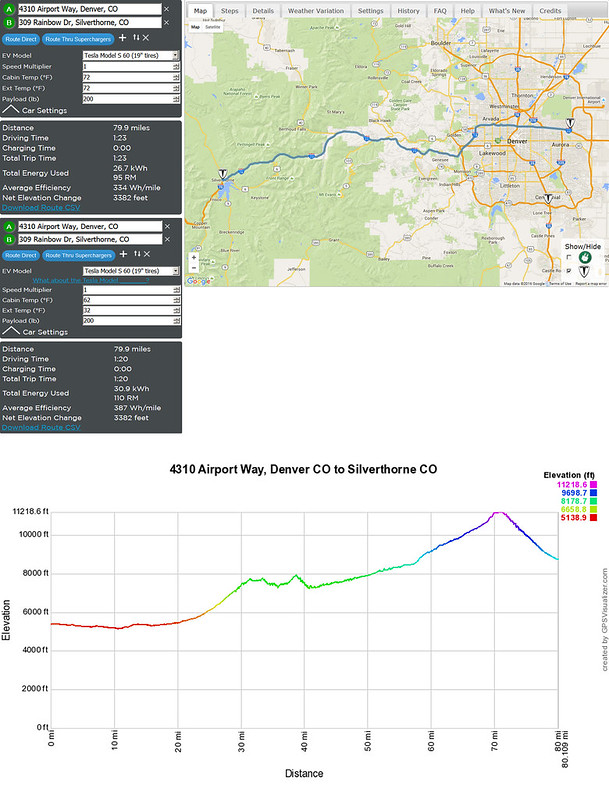Red Sage
The Cybernetic Samurai
As mentioned by others, 50 miles apart is far too close. It would be a waste of resources. Don't worry though, some have suggested every 15 miles or every 30 miles apart. All of the cars offered by Tesla Motors from now on will have a minimum range of 200 miles. Even if one presumes as much as a 50% penalty while towing, that still allows for 100 miles. So that gives a nice buffer if the Superchargers are 80-to-90 miles apart.I think that it is in Tesla's best interests and its customers best interests to place Superchargers at the shorter distances, like 50-80 miles rather than 120+ for all but the longer, desolate stretches of highways.
I do not have confidence that the average motorist who has a hectic daily life with work, family and whatever else will stop to plan Tesla trips for charging stops. They will pack the car, grab the family and leave. They will not evaluate all the outside factors that reduce range like weather and speed and elevation gains. They won't realize the cabin heater uses a lot of juice. They just want to look at the battery gauge and then determine when to stop, secure in knowing that the Supercharger network spaces them about an hour apart.
I think that in high speed States, or places with lots of mountains, 80-to-90 miles apart will be the norm. In the wide open flat spaces, 150-to-180 miles apart will more likely be the case. Idea being, that as the minimum range for Tesla Motors products increases, to 250 miles, 300 miles, and more...? Having them in such increments apart will allow drivers to pick and choose which Supercharger locations to leapfrog while en route to their destination.



